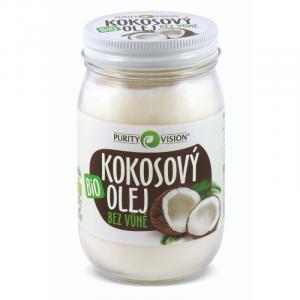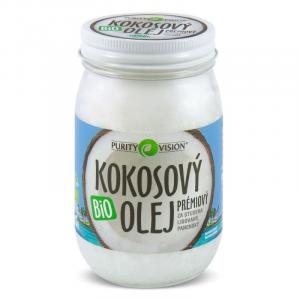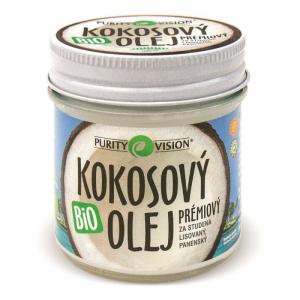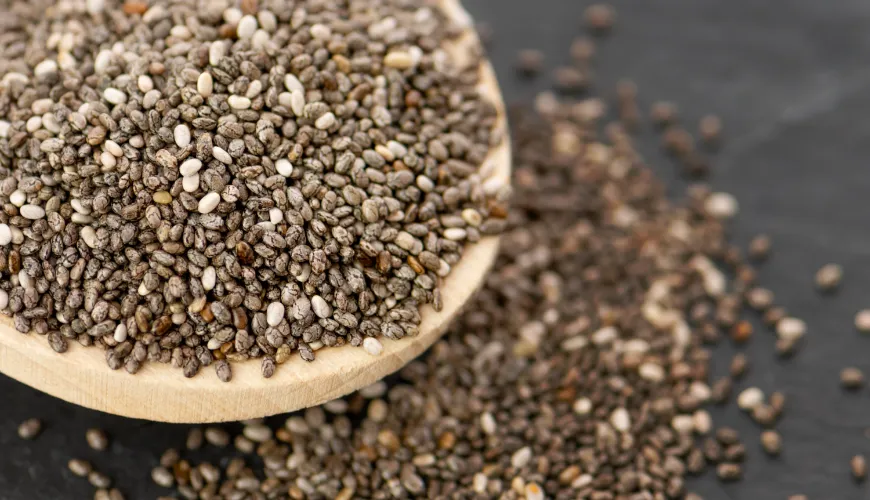
Why Confit Cooking is Coming Back into Fashion and How to Start Using It
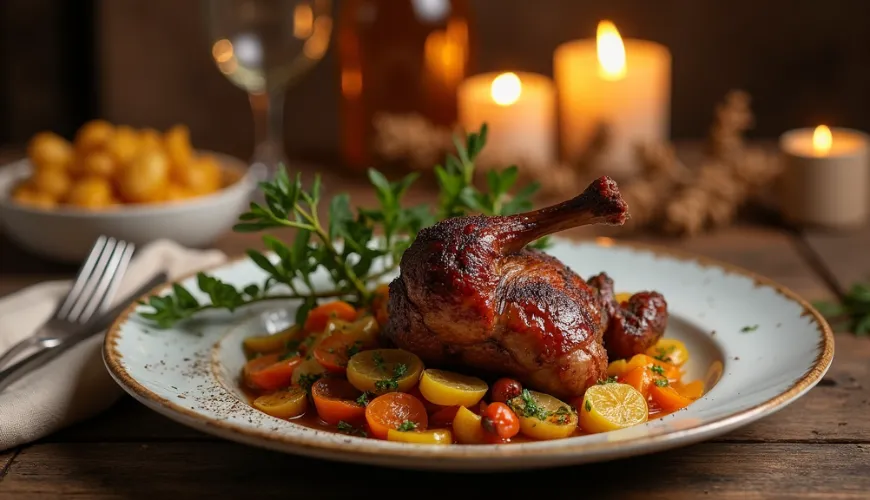
The Secret of Slow Cooking - What is Confit and Why Try It at Home
In the kitchen, a technique occasionally emerges that seems like a relic of the past, yet offers much to today’s modern lifestyle. One such method is confit, a slow cooking process that combines gentle heat treatment with delicate flavors. While it may sound distinctly French and complex at first glance, confit is surprisingly simple, practical, and most importantly, incredibly delicious.
What Does Confit Actually Mean?
The term "confit" (from the French verb confire, meaning "to preserve") originally referred to a method of preserving food. Traditionally, it involves slow-cooking ingredients in their own fat at a low temperature, usually around 80–90 °C. This process not only tenderizes the meat and imparts an unmistakable flavor, but it also preserves it, which was crucial in times before refrigerators.
Nowadays, we use this technique more for the resulting taste rather than long-term storage. Duck or goose meat is most commonly confit, but this method can also be applied to vegetables, garlic, or even fruit. Confit meat remains the most well-known and frequent application of this technique.
Duck Confit - A Classic of French Cuisine
When it comes to confit, most food lovers think of the most iconic dish of this method – duck confit (confit de canard). This French specialty not only showcases culinary tradition but also exemplifies what confit can offer: meat that melts in your mouth, crispy skin, and intense flavor.
The duck is first salted with herbs and left to marinate to absorb the flavors. It is then submerged in duck fat and slow-cooked for several hours – no boiling water, no high heat, just patience and fat. The fat prevents air exposure, keeping the meat juicy and tender. The finished meat can be stored for several weeks, which is another advantage of this technique.
While duck confit may seem to require a professional kitchen setup, it actually requires very little. All you need is a deep baking dish or pot, quality fat – preferably duck fat – and a bit of time. The result? A dish that can be confidently served on festive occasions.
Why Is Confit Making a Comeback?
Even though we have refrigerators and freezers today, the method of slow cooking in fat is experiencing a resurgence in kitchens. The reasons are simple: simplicity, taste, and nutrition.
Long, slow cooking at a low temperature helps preserve the structure and juiciness of the meat without burning or drying it out. This also means the dish retains more nutrients and natural flavor. Perhaps even more importantly, confit meat is very easy to prepare, even for beginners.
In an era where more people are interested in food quality, home cooking, and traditional processing methods, confit is a natural choice. It also fits into the concept of sustainable eating: the meat not only gets better utilized, but leftover fat can be reused for further cooking.
For example, a family might prepare a large amount of duck confit over the weekend. They enjoy some of the meat immediately, freeze or can additional portions, and use the fat to flavor vegetables or for frying. One preparation thus brings multiple meals with minimal waste – exactly what modern kitchens demand for the sake of the planet.
How to Confit Meat at Home
Although it sounds like a technique that requires time and resources, the reality is much friendlier. The basis is quality meat, ideally free-range. Duck or chicken from a farmer will not only taste better but also have a higher natural fat content. If you can't get duck fat, you can use goose fat, lard, or plant-based alternatives with a high smoke point, such as coconut oil.
Try our natural products
The process involves a few simple steps:
- Marinating the meat – usually 24 hours in advance in a mixture of salt, garlic, and herbs (e.g., thyme, rosemary).
- Rinsing and drying the meat.
- Cooking in fat at a low temperature – in the oven or on the stove, ideally at a temperature up to 100 °C. The duration depends on the type of meat, usually 2–4 hours.
- Storage – the finished dish can be kept in the fridge under a layer of fat for several weeks.
Does it sound simple? It is simple. And yet the result is surprisingly gourmet.
Confit Not Only for Meat Lovers
While meat confit is the most well-known variant, this technique can also offer extraordinary experiences to plant-based cuisine enthusiasts. Confit garlic, tomatoes, or onions in olive oil have an intense, sweetly caramelized flavor and are perfect for pasta, spreads, or as a side to bread.
Especially with vegetables, confit allows subtle tones to shine through and brings a new dimension to familiar ingredients. Olive oil as the fat medium is also a healthier alternative, and the resulting product can be stored for several days without losing flavor.
Some kitchens even experiment with confit mushrooms or even fruit – for example, pears in coconut fat with star anise and cinnamon. Here, culinary creativity can fully unfold.
Sustainability and a Return to Roots
Confit is not just a culinary art but also a return to a sustainable way of cooking, which aims to handle food with respect and without waste. In a time when there is increasing talk about climate change, unnecessary waste, and responsible consumption, traditional techniques like confit have something to say once again.
It's not just about the food itself, but also about how we think about preparation. Whether we find the time, whether we use everything we have, and whether we can appreciate slow processes in a fast-paced world. In the words of French chef Joël Robuchon: "Great cuisine is one that respects time."
And time is the most important ingredient in confit – time that transforms ordinary meat into a delicious treat and simultaneously time dedicated to ourselves, our family, and quality food.
So perhaps it’s the right moment to set aside the kettle, slow down, and immerse ourselves in the silence of the kitchen, where fat quietly bubbles, filling the air with the scent of herbs. Because confit is not just a technique – it's also a way to enjoy good food in its entirety.
